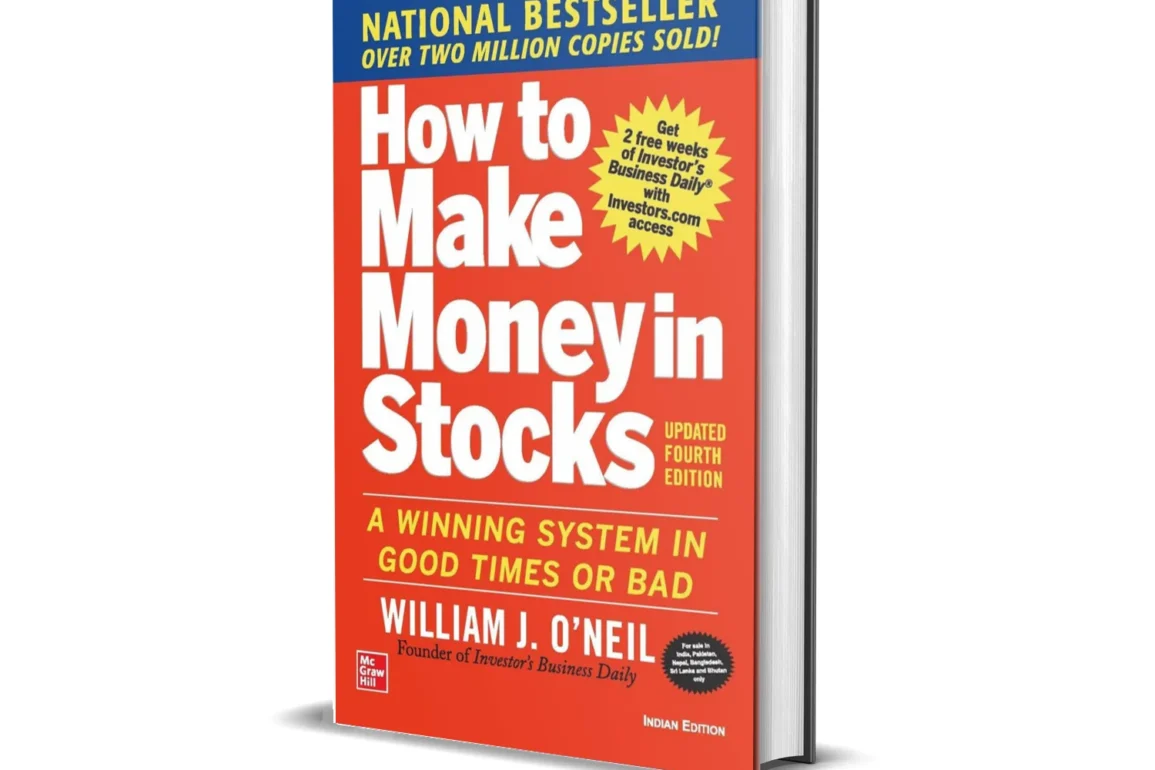- William J. O’Neil’s CAN SLIM method is one of the most practical strategies for retail investors. Here’s how it works, and how to use it.
Some investors guess. Others follow headlines. But smart investors follow systems, and one of the most enduring systems out there is William J. O’Neil’s CAN SLIM method published in 1988.
Made popular through his bestselling book, How to Make Money in Stocks: A Winning System in Good Times and Bad, O’Neil’s approach is built on studying winners, stocks that posted big gains before the crowd caught on. What he found is that winning stocks tend to share certain qualities. CAN SLIM distills those into seven clear traits.
This guide breaks it down step by step. More importantly, it shows how investors today can apply those same principles in a volatile market environment.
What is CAN SLIM?
CAN SLIM isn’t guesswork. It’s a seven-part checklist built from decades of historical stock data. Each letter represents a key trait found in market leaders:
- C – Current Quarterly Earnings: Look for companies with strong, accelerating earnings in the most recent quarter, ideally 20% growth or more year-over-year.
- A – Annual Earnings Growth: Focus on firms with consistent annual EPS growth over at least the past three years.
- N – New Products, Services, or Management: Innovation, new leadership, or a market shift often trigger stock breakouts.
- S – Supply and Demand: Stocks with fewer shares outstanding and increasing demand from investors tend to rally faster.
- L – Leader or Laggard?: Buy strength, not weakness. Leading stocks outperform their industry peers.
- I – Institutional Sponsorship: When mutual funds and large investors back a stock, it adds fuel to the move.
- M – Market Direction: Even the best stock can get dragged down in a weak market. Always trade in sync with the broader trend.
Why CAN SLIM Still Works in 2025
The market has changed. But the habits that drive it haven’t. Greed, fear, overconfidence, those don’t disappear. O’Neil’s system is rooted in human behavior. That’s why it still works.
In a year where rate policy is uncertain and tech is making a comeback, CAN SLIM gives investors a disciplined framework to find momentum stocks and avoid the noise.
Applying CAN SLIM in Today’s Market
Start with the Numbers
Use a screener to filter stocks with at least 20% earnings growth, both quarterly and annually. The strongest names usually show this kind of momentum before they take off.
Look for “New” Catalysts
Pay attention to company announcements. Whether it’s a product launch, a leadership shakeup, or entry into a new market, the “N” in CAN SLIM is often what starts the breakout.
Watch the Volume
Rising prices on rising volume tells you institutions are stepping in. That’s your signal. Don’t chase low-volume rallies, they tend to fade.
Respect the Trend
The “M” in the system matters. If the overall market is in correction, sit tight. It’s easier to make money when the wind is at your back.
Mistakes O’Neil Warns Against
Most people lose money in the market not because they lack information, but because they lack a plan. O’Neil outlined common traps that destroy portfolios:
- Buying cheap stocks with no earnings power
- Holding losers hoping they’ll bounce back
- Ignoring broad market trends
- Averaging down into weakness
- Refusing to sell after a clear technical breakdown
Avoiding these is just as important as following the rules.
Final Thoughts: A System That Trades With the Market, Not Against It
There’s no shortage of opinions out there. But few strategies are built on a century of data, and still hold up.
CAN SLIM is for traders and investors who want structure, clarity, and results. It filters out noise and focuses attention where it matters: earnings, leadership, volume, and timing.
The name of the book says it all, How to Make Money in Stocks: A Winning System in Good Times and Bad. The markets won’t always cooperate. But with a repeatable process, you won’t need to guess.
If you’re serious about growing wealth through stocks, this is a system worth learning and keeping in your back pocket, regardless of what the headlines say.
This article was originally published on InvestingCube.com. Republishing without permission is prohibited.


